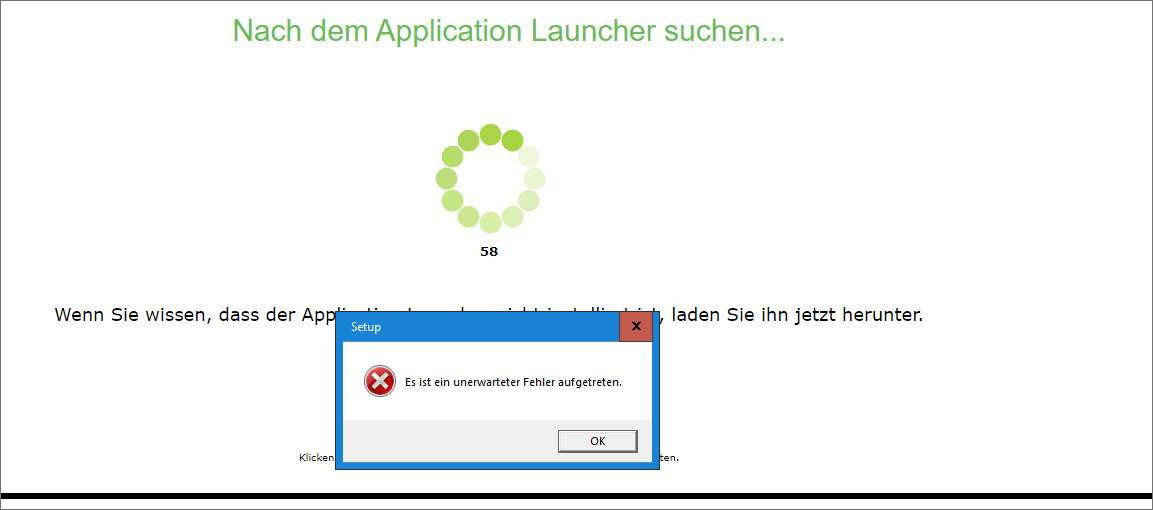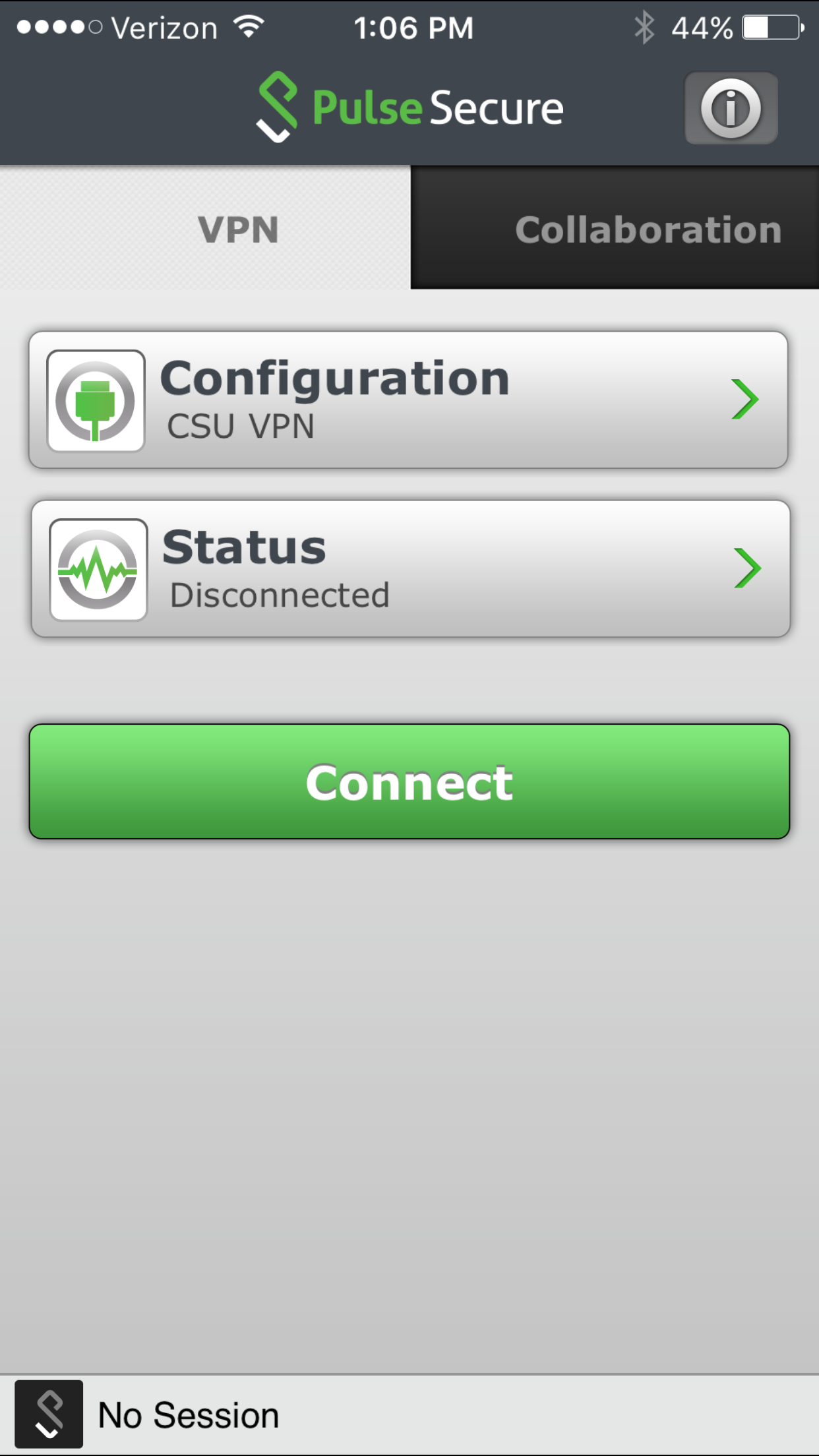

Relative paths are resolved using the module directory as the base.

This is ignored when used on the interactive command line.Įxecute the subsequent block of commands only if the specified file exists. disable) that following failing commands will cancel the execution of the current script file. In addition to the commands described above there are a few meta directives supported by the command line interpreter.Įxecutes the commands from the specified script file or in all of the *.pa files within the folder.Įnable (resp. If you want to terminate a CLI connection ("log out") you might want to use ctrl+d MISCELLANEOUS COMMANDS play-file filename sink-index|sink-nameĭump the daemon's current configuration in CLI commands.ĭebug: Shows the current state of all volumes.
#Pulse secure client linux cli code
Show source code location in log messages.Ĭhange the log target (null, auto, journal, syslog, stderr, file:PATH, newfile:PATH). This will not remove the owning client or any other streams opened by the same client from the server. There is no protection against the client reconnecting immediately. Remove a client forcibly from the server. KILLING CLIENTS/STREAMS kill-client index *.wav) may be appended to the path of the directory to add. Load all entries in the specified directory into the sample cache as lazy entries. After a certain idle time it is freed again. The sample is loaded only when it is first used. The properties are specified as above.Ĭreate a new entry in the sample cache, but don't load the sample immediately.
#Pulse secure client linux cli update
Update the properties of a sink input (resp. Update-sink-input-proplist|update-source-output-proplist index properties PROPERTY LISTS update-sink-proplist|update-source-proplist index|name properties MOVING STREAMS move-sink-input|move-source-output index sink-index|sink-name The exact behaviour depends on the module. Depending on the module implementing the sink or source this might have the effect that the underlying device is closed, making it available for other applications to use. Suspending a sink will pause all playback and suspending a source will pause all capturing. Suspend or resume the specified sink or source (which may be specified either by its name or index), depending whether true (suspend) or false (resume) is passed as last argument. Suspend-sink|suspend-source name|index true|false Set-port-latency-offset card-index|card-name port-name offsetĬhange the latency offset of a port belonging to the specified card Set-sink-port|set-source-port index|name port-nameĬhange the profile of a sink (resp. Note that defaults may be overridden by various policy modules or by specific stream configurations. The same mute rules apply as with set-sink-mute.ĬONFIGURATION COMMANDS set-default-sink|set-default-source index|name Set-sink-input-mute|set-source-output-mute index boolean The same volume rules apply as with set-sink-volume. Set-sink-input-volume|set-source-output-volume index volume The mute value is either 0 (not muted) or 1 (muted). source) either by its index or by its name. Set-sink-mute|set-source-mute index|name boolean Values greater than this amplify the audio signal (with clipping). The volume should be an integer value greater or equal than 0 (muted). source) either by its index in the sink/source list or by its name.

Set the volume of the specified sink (resp. VOLUME COMMANDS set-sink-volume|set-source-volume index|name volume Give information about a module specified by its name. Unload a module, specified either by its index in the module list or its name. For most modules it is OK to be loaded more than once. Load a module specified by its name and arguments. Show some simple statistics about the allocated memory blocks and the space used by them.Ī combination of all status commands described above (all three commands are synonyms). Show all currently active inputs to sinks a.k.a. Show all currently registered sinks (resp.

Show all currently loaded modules with their arguments. Show a quick help on the commands available. Likewise, negative values can be given as '0', 'f', 'n', 'false', 'no' or 'off'. Note that any boolean arguments can be given positively as '1', 't', 'y', 'true', 'yes' or 'on'. Empty lines and lines beginning with a hashmark (#) are silently ignored. PulseAudio provides a simple command line language used by configuration scripts, the pacmd interactive shell, and the modules module-cli and module-cli-protocol. Pulse-cli-syntax - PulseAudio Command Line Interface Syntax


 0 kommentar(er)
0 kommentar(er)
